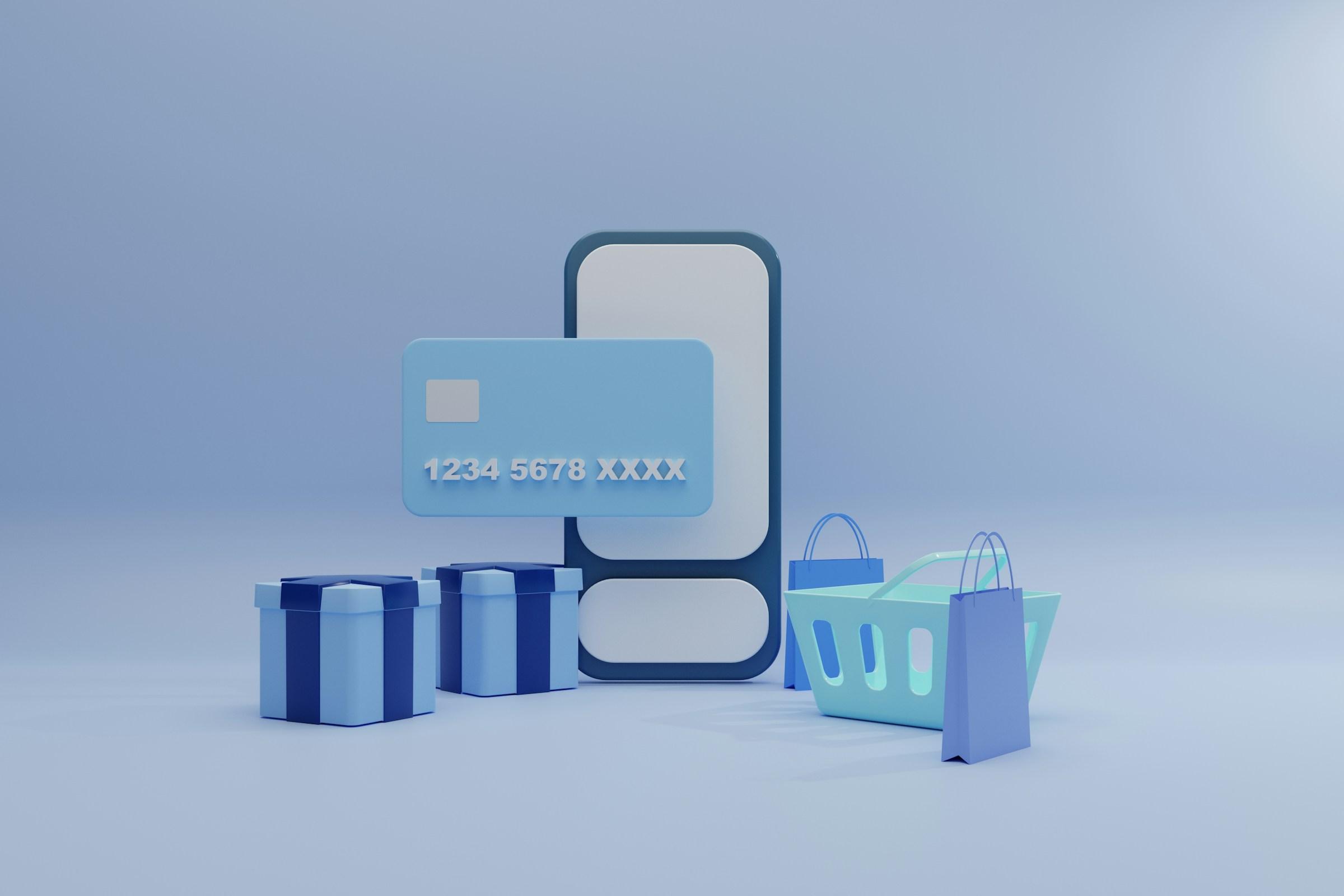I used to think a gift was just a thoughtful touch after a hard month. Then I watched a generous habit turn into an invisible tax on a young team. The first year, we sent customized boxes to our earliest customers. The second year, we doubled the budget for a new tier of prospects. By the third year, no one remembered the product note inside. They remembered the ribbon and the brand of chocolate and whether their competitors got the same. The warm gesture turned into a scoreboard we did not intend to run. That is the part most founders learn too late. Gift giving is not just kindness. It is psychology at work.
The psychology behind gift-giving starts with reciprocity. Humans remember who moved first. A well timed gift places a marker in the relationship that says I considered you. The other person feels a pull to close the loop. Sometimes the loop closes as attention or a promised meeting. Sometimes it closes as a purchase or a more forgiving procurement cycle. The pull is real even when people believe they are immune to it. That is why gifting in sales is regulated in many corporates. Not because a cookie can buy a contract, but because small favors bend the slope of yes.
Status is the second layer. A gift announces how you see the other person and how you see yourself. When a startup tries to perform big brand energy with lavish sets, recipients read more than the price tag. They read intention and identity. They ask if this level of spend implies margin that will not go into product. They ask if it hides insecurity. When a young company gifts with precision instead of volume, the signal changes. It says we notice details that matter, and we invest where attention lives. The same bottle of dates in Riyadh or the same tea selection in Singapore can either look like respect for tradition or a copy of last year’s vendor list. The difference is in the story you attach and the way you follow through.
Memory is the third layer. Gifts create sticky anchors for moments you want people to recall. Teams remember the first salary raise less than the handwritten note that arrived with it. Customers remember a tough incident response less than the aftercare that made a long week feel seen. Memory turns into loyalty when the object points back to a shared value, not just a brand logo. If the notebook you send helps them crystallize their plan for the next quarter, they will connect your name to progress each time they open it. If the box is pretty but purposeless, it vanishes with the packaging.
Then there is obligation. Some gifts quiet the giver more than they delight the receiver. Founders who feel chronic guilt about being unavailable often overgift. It shows up as elaborate birthday surprises for employees while feedback and career paths remain unclear. It shows up as expensive client hampers while delivery is late. The gift is meant to say thank you or sorry. The real message becomes please do not be upset with me. People sense the mismatch. Gratitude without clarity breeds confusion. Apology without repair holds little weight. If you are gifting to compensate for a gap in leadership or delivery, pause. Fix the gap first. Then decide what, if anything, needs a ribbon.
Culture shapes how gifts land. In Malaysia and Singapore, there is a long standing rhythm of festive gifting to mark Hari Raya, Chinese New Year, Deepavali, and Christmas. Showing up with something is a language of respect, not a bribe. In Saudi, dates, oud, and curated coffee or tea carry meaning beyond price. The point is not uniformity. The point is awareness. A halal assurance is not a footnote. It is the difference between thoughtfulness and friction. Sustainable packaging in a climate focused client account is not performative if your operations also reduce waste. The best gifts sit inside local practice while reflecting your company’s actual values. Anything else is performance that will be noticed and quietly discounted.
On teams, gift giving reveals power dynamics. When every reward flows from the founder, people learn to perform for the founder. When recognition is peer to peer and manager to team member in both directions, people learn to build for each other. The same budget can teach different lessons. One company uses it for a monthly top performer prize chosen by leadership. Another splits it into micro grants where teammates nominate one another for small, frequent acts of service. In the first case, the gift says win the spotlight. In the second, the gift says we notice the work that keeps the system healthy. Gifts are policy in disguise.
Gifts also test boundaries. A vendor who sends high value items and insists on a home address is not just being generous. They are testing whether your guardrails are real. A senior hire who expects luxe welcome kits may be telegraphing what they value. Boundaries keep trust clean. You do not need a rulebook to start. You need a simple stance that the team can repeat without fear. We gift within context. We avoid personal items that create awkwardness. We keep home addresses private unless the recipient volunteers it. We decline gifts that exceed a clear cap. Most importantly, we make every policy we set easy to follow and easy to explain to a partner or auditor.
There is also the quiet economy of intrinsic versus extrinsic motivation. Gifts are extrinsic. They can spark, but they cannot sustain. Founders who overuse gifting to motivate staff usually see a decay curve. The first few gifts feel special. The next few feel expected. After that, the absence feels like a slight. Intrinsic motivation grows when people see progress, mastery, and shared purpose. A simple letter attached to a fair bonus can outlast a flashy hamper that shows up without context. The wrong gift shifts attention away from the work toward the theater around the work.
So how do you use this psychology without letting it run your company. Start by naming the moment you are trying to create. If it is a retention moment, the gift should be functional and lasting. If it is a repair moment after an incident, the gift should be paired with a clear fix and a timeline. If it is a celebration of partnership, the gift should point forward, not backward. A beautiful calendar with your customer’s key dates printed inside their first week of onboarding is not a trinket. It is a tool that makes their next quarter easier. A tasting set from a local woman owned roastery near your warehouse tells a better story about your footprint than a generic luxury box.
Next, make the gift legible. That means a short note that explains why this, why now, and how it connects to what you value. If your value is attentiveness, show how the gift reflects a detail they mentioned. If your value is sustainability, show that your vendor pays workers fairly and packaging is low waste. People do not need a manifesto. They need coherence. Coherence builds trust because the pattern persists across quarters and across recipients.
Then, take ego out of the frame. Most gifting misfires when founders try to be the hero. You need fewer founder signatures and more room for the recipient’s name and context. Let the account owner sign with a line that only a real relationship would know. Let the team decide when not to gift because the best recognition this month is early time off or a cleaner sprint. When the system does not require your presence, generosity scales without turning into a spectacle.
Pricing the gesture is as strategic as pricing your product. Set a fixed annual pool and treat it like any other budget. Decide the share for customers, candidates, and internal events. You do not need to spend it all. You need to learn when spending nothing earns more trust. For a government linked client that must report all gifts above a small threshold, respect their policy and send a handwritten letter that thanks them for their patience during a hard integration. For a seed round investor who backed you when everyone else said no, send an artifact from your first prototype and a note about what it taught you. The dollar value is not the value.
Measure outcomes in human terms, not vanity numbers. Did the difficult relationship thaw. Did the team feel seen. Did the gift create a story people wanted to retell because it captured why you work together. These are softer metrics, but they are not vague. You can hear them in how people talk about your company months later. You can see them in how quickly tense emails turn back into solution oriented threads. If you must attach a number, track response quality to difficult asks after a gift driven moment. If cooperation rises for the right reasons, your gifting logic is sound. If entitlement rises, your gifting became a subsidy for poor expectations.
Founders often ask about fairness. Do we send the same thing to everyone to keep it safe, or do we personalize and risk inconsistency. The answer is consistency at the level of principle, not identical boxes. You can hold a principle that says we personalize within a clear range, we avoid luxury signaling that confuses our cost discipline, and we choose items that are useful, culturally attuned, and easy to accept ethically. Within that, teams can pick a children’s book for a partner who just had a baby, a training credit for a customer champion who wants to level up, or a quiet dinner voucher for a team that carried a release over the line. The spine holds, the details breathe.
If you want a simple rule of thumb for the next twelve months, here it is. Give gifts that reduce friction for the other person. A gift that reduces friction earns longer memory than a gift that adds ceremony. Think of the procurement officer who dreads year end audits. Your gift is not a hamper. It is a clean, well labeled summary of your invoices with a small treat to enjoy after they close their books. Think of the junior developer in your team who is learning how to present. Your gift is not a hoodie. It is a one hour coaching session paired with a note that says we see your arc. These gestures cost less than they look because they return in speed, goodwill, and lower misunderstandings.
If you are tempted to gift to make yourself feel better, wait. Sit with the discomfort. Ask what action would make the relationship stronger if no gifts were allowed. Do that first. Then decide if a small object or experience can mark the change. That posture keeps your generosity clean. It also keeps your budget sane.
In the end, gift giving in startups is a design choice. It designs how power feels. It designs how belonging is reinforced. It designs what people think you value when you are not in the room. Use it with intention. Use it with context. Use it to make the work warmer and the path smoother, not to distract from the work itself. If your gift tells the truth about who you are, it will travel farther than the box it came in. The smartest gifts do not make noise. They make trust.





.jpg&w=3840&q=75)








